The idea of the world beneath our feet has fascinated people for centuries. It is a staple of old science fiction, in stories like Journey to the Center of the Earth" And " "The Divine Comedy" , both describe incredibly rich and detailed worlds, and even today the idea that there is something more underneath exists in films like Godzilla vs. King Kong" and "Godzilla vs. King Kong ". THX 1138 .
Caves, tunnels, underground passages and subterranean structures all feed into the idea that there may well be a society somewhere underground. And although still no society did not live entirely underground, this does not mean that smaller groups did not do so.
10. New York Tunnel Dwellers
According to New York City transit officials, about 350 people call the network of subway tunnels beneath New York City their home. They regularly take refuge there. more 1000 people, although the city is now investing in their complete removal.
The first metro opened back in 1904 , and since then the system has become an iconic part of the city. There is 230 miles tunnels, not to mention a number of secret stations and tunnels , which are no longer used. In addition to the city's homeless population.
Although officials have identified about 30 parkings homeless, the situation is not new at all. A film called " Dark Days" documented life tunnel dwellers back in 1990. Before that, the New York Times ran headlines about a “hobo colony” under Park Avenue. back in 1977 The tradition of living there is long-standing, and even if current plans are implemented, it is unlikely that the tunnels will remain empty for long.
9. Las Vegas Storm Tunnels Community
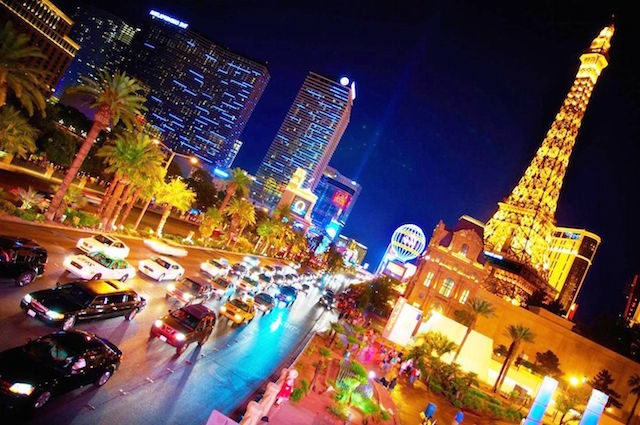
Like New York, Las Vegas has become a prime location for a thriving homeless population living under the streets. While Vegas doesn’t have a subway system, it does have a network of storm drains that, combined with its desert climate, make it an attractive home for those with no alternative.
Estimates of how many people live below Las Vegas vary widely. Some suggest that lives in the tunnels about 300 people , while others say about thousands The population includes homeless people, drug addicts and criminals scattered throughout 600 miles of tunnels.
One of the big dangers for people working in the tunnels in Vegas is that the tunnels are specifically designed to handle rainwater. If a storm hits, the people below risk being washed away and potentially drowning. Many of them have built amazingly complex and large structures out of recycled waste that serve as homes.
The tunnel dwellers, also called mole people, have their own rules that all residents of the area must follow. They are governed by people called mayors, who determine who can stay and who must go.
There are organizations that work to help tunnel dwellers, but not everyone wants to be helped, and you can imagine how hard it is to fight addiction, be it drugs or gambling, in a place like Las Vegas.
8. Jamaica's Gully Queens
Homelessness is by no means an exclusively American problem. In Jamaica, there is a group of people often referred to as the Gully Queens, who live in the sewers to avoid persecution from those who would do them violence. Life can be especially hard for the LGBT community in Jamaica, which is often called one of, if not the most difficult place in the world for this community. Prejudice can and does manifest itself in the form of violence, and it is not uncommon for families to disown children , who come out as gay or transgender. As a result, these people often end up in the sewers, one of the few places where they are accepted.
Documentary 2014 movie follows the lives of these gully queens. It is reported that over 80% Jamaicans hold anti-gay views, meaning that it is extremely difficult to gain acceptance. Sexual relations between gays are still illegal in Jamaica, with offenders facing up to ten years in prison.
7. Homeless people near Manchester

The British city of Manchester has its own problem with homeless people living under the streets. The community there is smaller, and some residents - immigrants , who came to England to work but soon lost their jobs and had nowhere to turn.
The community, described as small, is set up in the same way as other groups we have seen. Sofas and other furniture, even rugs and dressers, are provided to make the space feel more like a home. Dangers, of course, come from sudden changes in weather and human factors, including theft and violence.
Those who live there do their best to make it livable, moving from shack to shack around the city and swimming in the dorms several times a week.
6. Bucharest Mole People
Bucharest, the capital of Romania, is over 500 years old and is the country's cultural and financial center. Beneath the city is an entirely separate city of people who have been living in the sewers for years. Generations, in fact, as families live down there and children grow up to be adults with their own families. Exact numbers are impossible to pin down, but estimates run into the hundreds.
When the Soviet Union collapsed in 1989, everyone Romanian orphanages closed Literally thousands of children were thrown out onto the streets with nothing, and many of them went underground to try to survive. Over the next 30 years, many of these children grew up and started their own families, perpetuating the problem.
The tunnels also attracted drug addicts and other homeless people, in addition to the children who were evicted in the 1980s. Even to interview those living in the tunnels, permission required leader. The place is so packed that there is little room for newcomers.
5. Paris Catacombs
Horror movie 2014 "As above, so below" introduced many people to a part of Paris that no one had ever seen before. Beneath the city is a labyrinth of catacombs containing human remains. The walls, lined with skulls and other bones, stretch for 200 miles. Some of them are in ruins, and there is no map or paved path that can safely guide anyone through the place.
The remains are the result of Parisian officials of the past running out of room for them above ground. Cemeteries were literally overflowing after bad weather spilled corpses onto the streets, tunnels became final resting place about 6 million former inhabitants. Before that, the tunnels were the result of limestone mining dating back to the 13th century, which connected quarries.
Over the years, the tunnels have housed criminals and refugees. Recently, there has been growing evidence that more and more people are being held in the tunnels, which are off-limits to entry. At some point officials discovered whole underground cinema for 30 people, a bar and a restaurant.
4. Homeless City of San Antonio

In 2020, officials in San Antonio, Texas, discovered an entire homeless community beneath the city while inspecting drainage tunnels after receiving complaints from local businesses near the highway under which the tunnels run.
Someone saw a man entering the tunnel and the local police investigated only to discover a network of tunnels and rooms. The smaller tunnels gave way to a series of larger tunnels over ten feet high and in them they found what the police chief called " incredible ".
He described a small underground town full of carts, furniture, food and filth. The smell was clearly shocking. The community's population has grown due to the Covid-19 pandemic, but police are conducting regular sweeps to try to get rid of them.
3. Coober Pedy, Australia is mostly underground
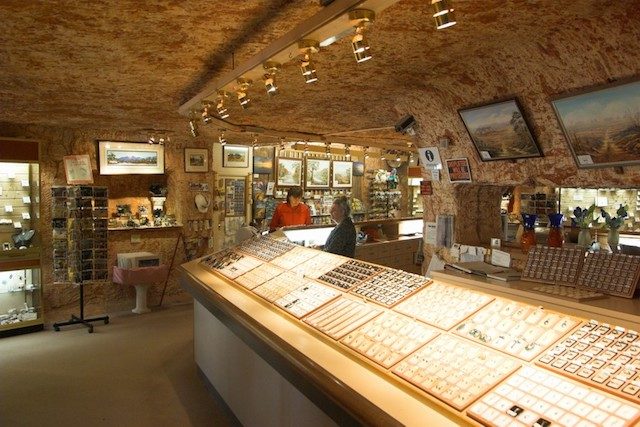
If you want to find the closest place to a real underground community, go to Coober Pedy , Australia. Founded as an opal mining town, much of the property was built underground, including homes, businesses, and even the local church. Situated in Australia’s harsh outback, summer temperatures can reach a scorching 120 degrees or more. Imagine trying to become an opal miner in such conditions, and it’s easy to see why locals started building down instead of up.
Today 60% out of 3500 city residents live underground. It is the culmination of 100 years of history, after a teenager discovered a single piece of opal at the site in the early 1900s. It eventually became the world's largest source of opal, although the mine has since been largely exhausted. Opal is still mined, but in much smaller quantities.
Due to the climate and location, local residents are able to generate 70% of the city's electricity from renewable sources such as wind and solar.
2. Moscow sewers
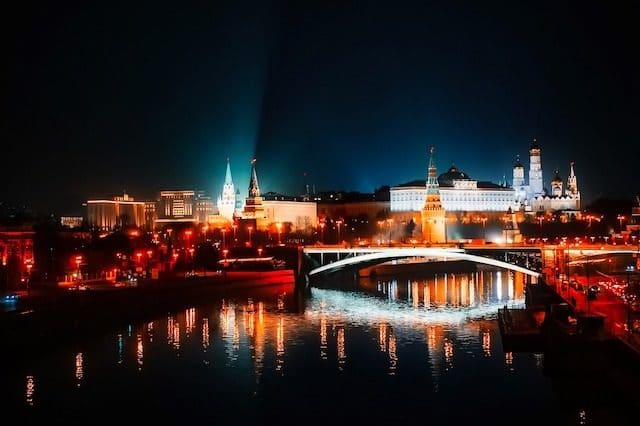
Moscow can get very cold in the winter, with average temperatures ranging from 14 to 25 degrees Fahrenheit, and some spots dropping to -44 degrees Fahrenheit. With a population of almost 12 million people in the city there are about 100,000 homeless .
To escape the deadly cold, many of the city's homeless people go underground into the sewers, where heating pipes can provide warmth from the elements. Like any major city, Moscow attracts residents from outlying areas. People go there to find work and make their mark. But the economic downturn has left Russia as vulnerable as anywhere, and jobs have been hard to come by. Add to that the fact that Russian officials regularly kick homeless people out of their warm places above ground, and the sewers become one of the only options.
Huddled around heating pipes, some of the homeless note that even homeless shelters refuse people , unless they meet certain criteria. When Sky News spoke to someone who worked at a homeless help centre, they said homelessness was a lifestyle choice, meaning there was little sympathy for those struggling with it.
1. Cold War Underground City Under Beijing
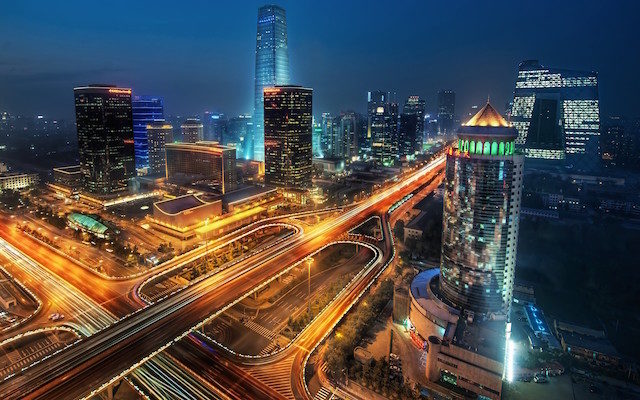
We said at the outset that there has never been a completely underground society in history, and while that is true, it does not mean that there is not an incredibly large community living underground. Today in Beijing, China, you can find a city beneath a city where a million residents call the underworld home.
At the height of the Cold War, China was on high alert, just like the United States and the Soviet Union. To prepare for a potential nuclear war, Chairman Mao built an entire city outside Beijing. The result was 10,000 bomb shelters , which were later rented out to homeowners once the country opened up in the 1980s.
The bunkers were divided into tiny living units, and today one million people rent these rooms, in some cases barely big enough for one bed. Laws state that any living space must be at least 43 square feet per tenant. These bunker homes do not comply with the laws.
The complex is sometimes called"Dungeon" , and for many low-income city residents, it is the only option. Some residents are reluctant to give interviews or be filmed for fear that their families will see them and realize how bad things are. Many of these people came to the city from smaller towns expecting good jobs with good pay, but did not find the opportunities waiting for them and were unable or unwilling to return home.
One of the reasons this massive city is so overcrowded is because of Beijing’s housing market. In 2017, one square meter of Beijing real estate cost you $5,820. On the other hand, an apartment in a nuclear bunker can cost around $40 a month.













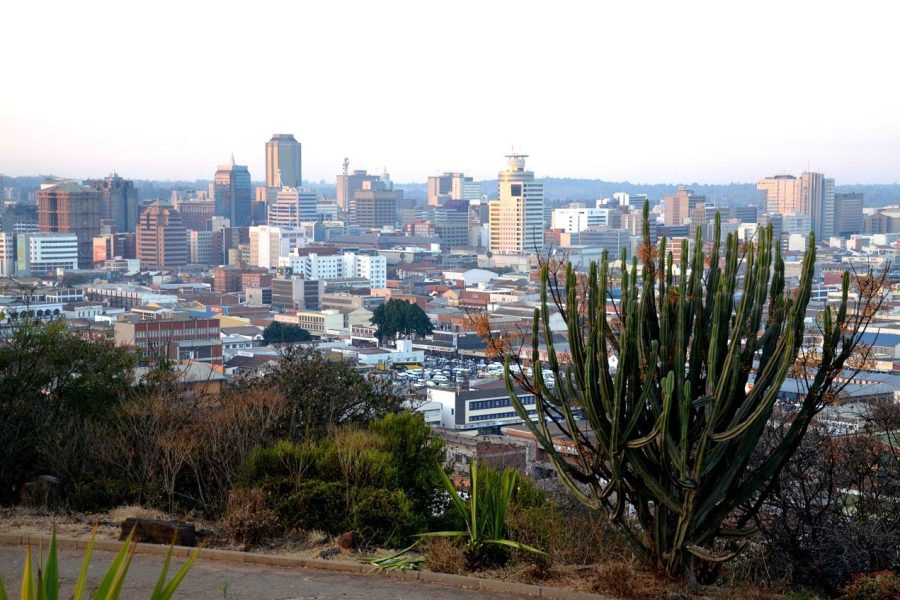
Оставить Комментарий